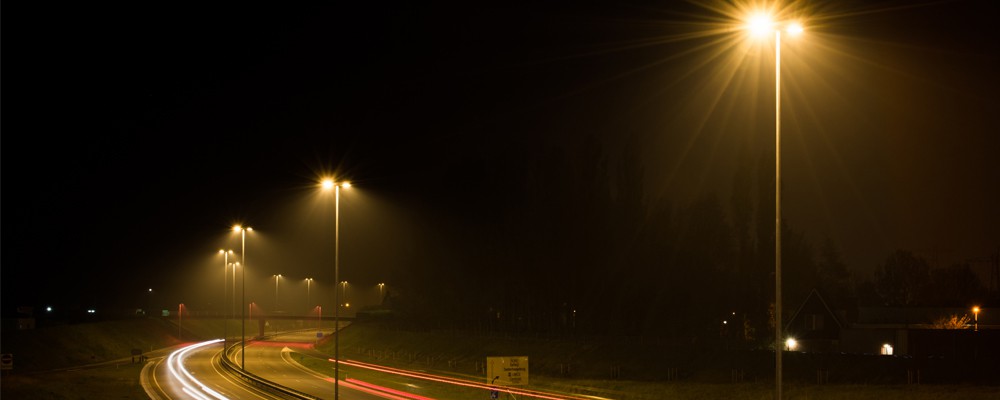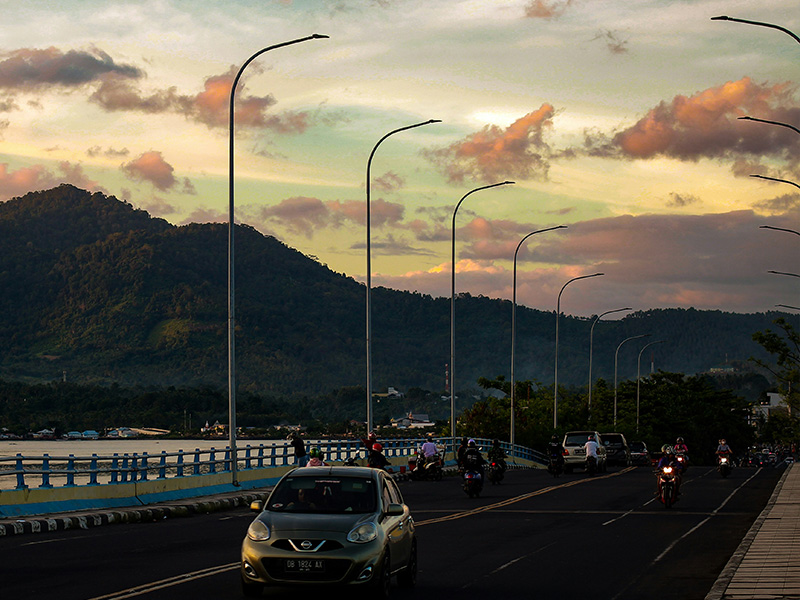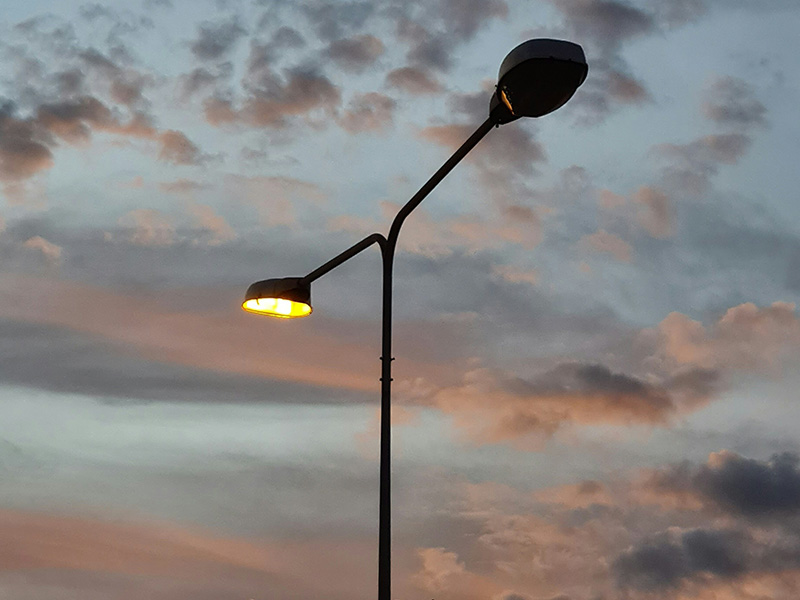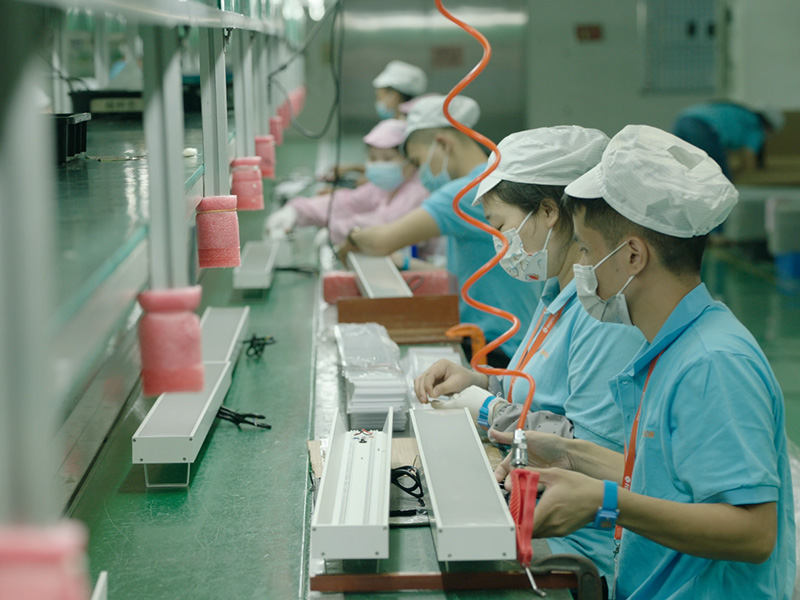LED Street Lighting: Warm White or Cool White Color Temperatures?
Abstract: Despite the efficiency of LED lighting for outdoor applications, the desirability of high correlated color temperature (CCT) white LEDs for roadway lighting remains debated.
Introduction: Street lighting enhances safety for drivers and pedestrians by illuminating roadways, streets, and adjacent areas. Traditional street lighting systems use high-pressure discharge lamps, such as high-pressure sodium (HPS) and metal halide lamps, which historically offered high lighting efficiency per watt. As energy conservation becomes crucial, the demand for energy-efficient LED lighting has surged due to benefits like enhanced product life, lower maintenance costs, and reduced environmental impact.
The Ignorant Preference: Many outdoor lighting systems use cool white CCT light sources due to a preference for the “cooler” or “whiter” light, especially in hotter climates. This preference stems from the dominance of fluorescent lamps, which accustomed people to cool white lighting. However, the American Medical Association (AMA) has raised concerns about the negative effects of high-intensity LED lighting, urging a reassessment of this preference.
White Light Generation: White light from LEDs is typically generated by using a blue LED with a phosphor coating, such as Yttrium Aluminum Garnet (YAG). This combination allows tuning of the white light color to suit different lighting applications.
Blue Light Hazard: High-intensity LED street lights emit substantial blue light, which can cause glare, photochemically induced retinal injury, and increased light pollution. Blue-rich LED lighting can decrease visual acuity and safety, potentially creating road hazards. The AMA highlights the need for optimal design to mitigate these effects, particularly as 4000K LED lighting, commonly used in retrofits, emits 29% of its spectrum as blue light.
Physiological Impact: High-intensity LED lights, particularly those with a strong blue light component, suppress melatonin, a hormone crucial for regulating sleep and other physiological functions. LED lamps are significantly more potent in influencing circadian rhythms than traditional high-pressure sodium lights.
High CCT ≠ Better Visibility: While high CCT LEDs can offer higher luminous efficacy under mesopic vision, they are less effective in fog or haze due to Rayleigh and Mie scattering. Yellow light, with better fog penetration, is more effective in such conditions. Poor fog penetration and increased urban skyglow from white LEDs can reduce ground illumination and affect astronomical research.
Dark Adaptation: Efficient dark adaptation is crucial for nighttime driving safety. Warm white LEDs, with lower CCT, offer shorter dark adaptation times compared to cool white LEDs, making them more suitable for roadway lighting and tunnel illumination.
Healthy Lighting: The AMA recommends using 3000K or lower CCT lighting for outdoor installations. Lighting at 3000K is perceived as “white” but warmer in tone, reducing discomfort and disability glare while minimally impacting energy efficiency. Proper shielding and dimming capabilities can further minimize negative effects on humans and wildlife.
Conclusion: High CCT LED lighting should be avoided for street lighting due to its adverse effects, despite trade-offs in lighting design. Considerations such as luminance, color rendering index (CRI), CCT, glare control, flicker, mesopic vision illuminance, dark adaptation, blue light hazard, color perception, fog penetration, and skyglow pollution are integral to determining the suitability of lighting for street applications. Using 3000K LED lighting strikes a balance between efficiency and minimizing negative impacts on physical and mental well-being.







